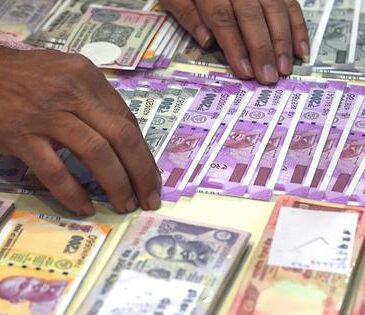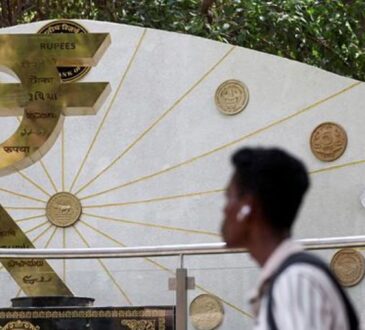
Captain Gopinath’s journey didn’t begin in a plush office or global boardroom. It began in the rugged terrain of the Indian Army, where discipline and tenacity were the currencies of survival.
“Why can’t ordinary people fly?” he asked. And that single question sparked a revolution in Indian aviation.
That vision sharpened over time, especially during visits to his own village. In one telling moment, Gopinath was stunned to see a sign advertising a ‘Computer School’ in a remote hamlet. Inside a tin-roofed cubicle, a young man taught basic computing using a lone laptop. “It was like watching the pulse of a new India,” he said. From dish antennas blooming across remote hillsides to refrigerators displayed as trophies in drawing rooms, Gopinath recognised the stirring of aspirational India.
The Grand Canyon Epiphany
At London’s Luton Airport, serving more passengers than all Indian airports combined, the disparity was painfully clear. “India wasn’t lacking in population—it was lacking in imagination,” he said.
It wasn’t long before he returned to India, determined to start an airline. “I didn’t even know how much an Airbus cost,” he admitted with a laugh. But ignorance, he believes, can sometimes be a blessing. “Overanalysing can paralyse you. Passion moves you forward.”
Taking Flight: A Disruptor Is Born
Launching Air Deccan was nothing short of navigating a minefield. Regulatory hurdles, financial constraints, and the scepticism of seasoned industry players were constant companions. But Gopinath remained undeterred. “True vision is not collective—it’s deeply personal,” he said. “You have to believe when no one else does.”
He was adamant that air travel should not just be affordable but accessible. The now-iconic one-rupee ticket was never about profits—it was about making a point. “It said, ‘You too can fly.’ That mattered more than anything.”
The UDAN Dilemma: A Network Without Wings
He pointed out the high operating costs of small aircraft, the retention issues among skilled crew, and the lack of basic airport infrastructure like the Instrument Landing System (ILS). “Why spend crores on terminal buildings when planes can’t land after 4 pm?” he asked.
India’s Tourism Potential: A Giant Sleeping Beneath Dust
Captain Gopinath sees a direct link between air connectivity and tourism. “We have everything—forts, beaches, palaces, wildlife. And yet, Cambodia attracts more tourists than we do.” The problem, he said, is not the lack of destinations, but of perception and planning.
Despite India’s democracy, rich culture, and diversity, tourists are put off by safety concerns and poor hygiene. “Even cities ruled by different parties suffer the same issues—overflowing garbage, weak infrastructure,” he noted.
Passion Over Profit: A Legacy of Conviction
Air Deccan’s story is not one of uninterrupted success—it was sold, repurposed, and eventually folded. But its legacy is unmatched. Gopinath didn’t just create an airline; he launched a movement. For him, the mission was never about becoming a billionaire. It was about making ordinary Indians believe that the sky was theirs too.
He remains disappointed that many operators today lack the same conviction. “They collapse as soon as subsidies end. They don’t have skin in the game,” he said, with characteristic candour. Passion, he insists, is what sustains a venture during turbulence. “You must fly through the storm. That’s when you find your altitude.”
The Man Who Made India Fly
Captain G.R. Gopinath didn’t just build an airline. He altered the Indian psyche. He opened up the skies to a billion dreams—some of which had never looked up before. His journey is a testament to the power of an idea, fuelled by courage, executed with defiance, and remembered with gratitude.
Today, long after Air Deccan’s one-rupee tickets became part of aviation lore, the echoes of its mission remain alive every time a farmer’s son or a schoolteacher boards a plane for the very first time.
Captain Gopinath gave India wings—not just to fly, but to aspire.




